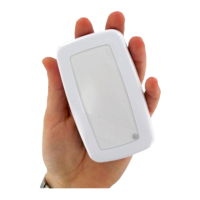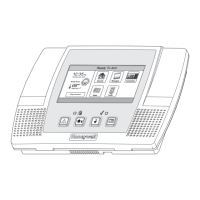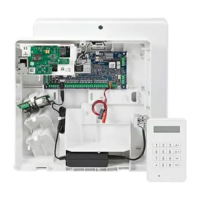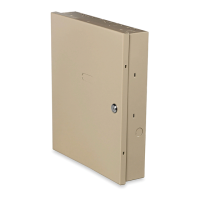EVS Series Manual — P/N LS10062-001SK-E:D 3/15/2022 19
Installing the EVS-50W EVS Device Installation
5. Restore AC power and reconnect the backup batteries.
4.3.4 Wiring Specifications
All wiring and devices installed in the system must meet the standards described in National Electrical Code (NFPA 70), NFPA Standard 72,
and Life Safety Code (NFPA 101).
To avoid induced noise (transfer of electrical energy from one wire to another), keep input wiring isolated from high-current output and
power wiring. Avoid pulling one multi-conductor cable for the entire panel.
Separate wiring as follows:
DO NOT pull wires from different groups through the same conduit.
Twisted, shielded wire is recommended for all audio circuits to provide the maximum protection against EMI and AFI emission and suscep-
tibility.
If using shielded cable, attach the shield to earth ground on the control panel.
For the same reasons, wiring within the cabinet should be routed around the perimeter of the cabinet. It should not cross the printed circuit
board where it could induce noise into the sensitive microelectronics or pick up unwanted RF noise from the high speed circuits.
OUT
–+
IN
–+–+AB
SBUS
CIRCUIT 4 CIRCUIT 3 CIRCUIT 2 CIRCUIT 1
IN IN
IN
IN++
+
+––
–
–OUT OUT
OUT
OUT++
+
+––
–
–
AUDIO EXPANDER
Figure 4.11 EVS-50WBD In Enclosure
mounting screws
mounting screws
Maintain 0.25” spacing between
each of these circuit types;
as well as between power-limited
and non power-limited circuits.
Input/Output Type: Wiring
Non Power-Limited: AC power, Standby batteries
Power-Limited: SBUS, VBUS
Audio: Speaker
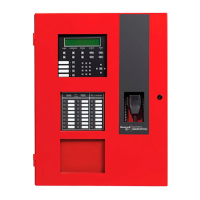
